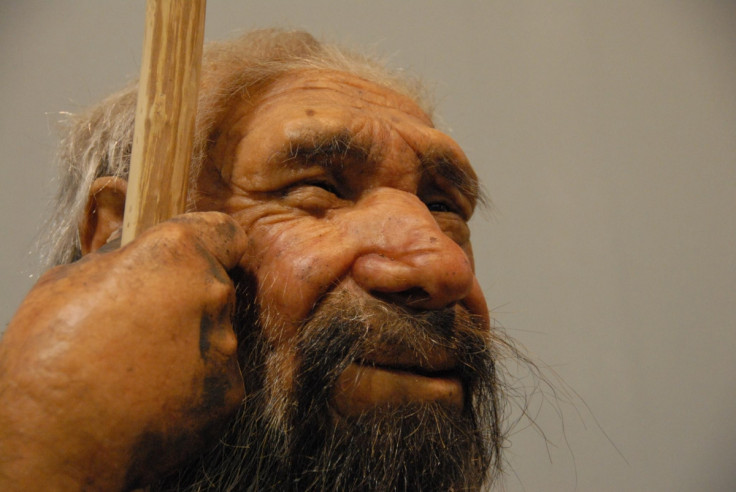Neanderthals and Humans 'Lived Together and Interbred for Over 5,000 Years'

Neanderthals and humans lived together for over 5,000 years, giving plenty of time for the two species to interbreed and take part in cultural exchanges, experts have said.
According to a study published in the journal Nature, there was a long period of overlap before Neanderthals went extinct – contrary to what previous studies and researchers have suggested.
The period of the Neanderthals' demise has been hotly contested as it is right at the limit of what accurate radiocarbon dating can achieve. After 30,000 years, 98% of the sample's matter is gone and younger carbon molecules start to infiltrate bones, meaning they appear younger than they are.
Using about 200 radiocarbon dates from organic remains, researchers show how Neanderthals disappeared from Europe around 40,000 years ago.
We believe we have the first robust timeline that sheds new light on some of the key questions around interactions between Neanderthals and modern humans
- Tom Higham, University of Oxford
The research also showed that Neanderthals disappeared from parts of Europe at different times, rather than being quickly replaced by modern man. Sites examined included Russia and Spain and were all linked with the Neanderthal tool-making industry or transitional sites where both humans and Neanderthals lived.
Study leader Tom Higham, an archaeologist at the University of Oxford, said: "Other recent studies of Neanderthal and modern human genetic make-up suggest that both groups interbred outside Africa, with 1.5%-2.1% or more of the DNA of modern non-African human populations originating from Neanderthals. We believe we now have the first robust timeline that sheds new light on some of the key questions around the possible interactions between Neanderthals and modern humans.
"The chronology also pinpoints the timing of the Neanderthals' disappearance, and suggests they may have survived in dwindling populations in pockets of Europe before they became extinct."
In their timeline, the researchers show how the Neanderthal tool-making areas ended between 41,030 to 39,260 years ago, suggesting an overlapping period of about 5,000 years. The experts say the overlap predicted is 95% probable.
While there may have been a lengthy overlap and some interbreeding and interaction, the authors note that there is no evidence to suggest Neanderthals and humans lived closely together.
Higham said: "Previous radiocarbon dates have often underestimated the age of samples from sites associated with Neanderthals because the organic matter was contaminated with modern particles. We used ultrafiltration methods, which purify the extracted collagen from bone, to avoid the risk of modern contamination. This means we can say with more confidence that we have finally resolved the timing of the disappearance of our close cousins, the Neanderthals.
"Of course the Neanderthals are not completely extinct because some of their genes are in most of us today."
© Copyright IBTimes 2024. All rights reserved.






